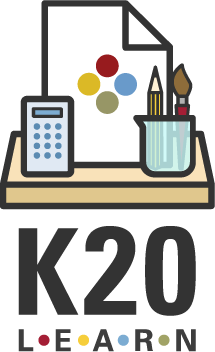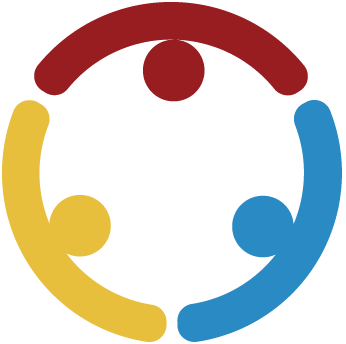Card

Stoplight
Students self-identify their understanding of a topic at anytime during instruction. This strategy promotes metacognition and allows teachers to quickly assess students' individual confidence, understanding, or knowledge about a topic.
Stoplight
Summary
Students will assess their own understanding of a topic and move to stand next to the color that best represents their level of understanding. This may be used to create heterogeneous groups as well.
Procedure
Identify three areas of the classroom as Green (expert), Yellow (intermediate), and Red (novice/beginner).
Pose a question or statement about a topic.
Students move to the color they feel best identifies their current level of understanding, knowledge, or confidence about the topic.
Within color groups, students briefly do the following: Reds generate questions over topic. Greens & Yellows respectively discuss the topic.
Heterogeneous groups might be formed before the steps below are followed.
Yellows share whole group what they know about the topic.
Then Greens elaborate and clarify additional information on topic.
Then Reds may ask questions over topic. If no questions remain, they can synthesize what was shared by the first two groups.
Teacher might contribute additional information or answer questions if the "experts" don’t know the answers.
Adapted from Keeley, P. (2015). Science Formative Assessment, Volume 1: 75 Practical Strategies for Linking Assessment, Instruction, and Learning. Corwin Press.



